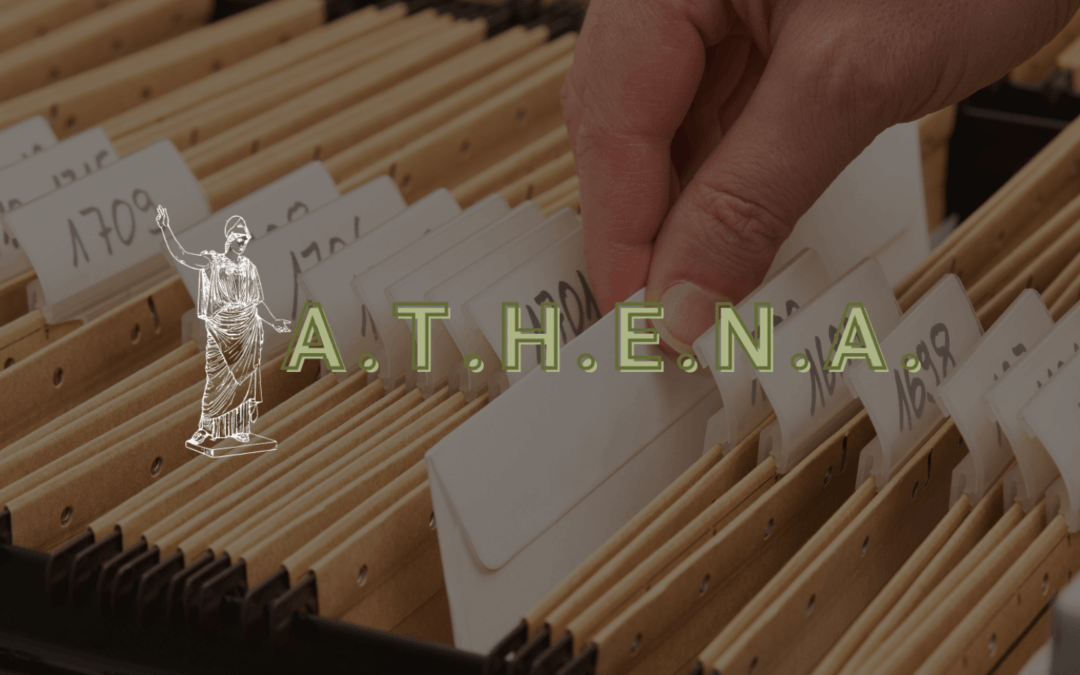A significant problem that emerges in this context is that of unstructured data, i.e. not organized in a predefined or standardized way.
This phenomenon presents many challenges for the management, analysis, and interpretation of information.
It is interesting to examine the problem of unstructured data, analysing its causes, implications, and some possible solutions.
What is unstructured data and what problems does it involve?
Unstructured data refers to information that is not organized according to a predefined pattern or structure. This can include free text, unlabeled images, audio data, and more.
While structured data, such as that found in relational databases, is organized into easily interpretable columns and rows, unstructured data lacks this standardized organization.
The causes of the problem are many and can come from different sources:
- Historical archives: over time, many documents have been archived in ways that are now obsolete and therefore difficult to consult.
- Spontaneous generation: unstructured data can be generated spontaneously by users or systems without following a specific standard. For example, text notes and scanned documents are often unstructured information.
- Legacy systems: in many organizations, data can be generated from legacy systems that do not follow modern standards of data organization.
- IoT sensors and devices: devices such as IoT sensors can generate data in unstructured formats, creating challenges in integrating with more traditional systems.
The problem of unstructured data has negative implications for companies, PA and especially for Data Scientists. In particular, there are three main problems:
- Difficulty in analysis: the absence of a predefined structure makes it difficult to analyse unstructured data, limiting the ability to gain meaningful insights.
- Risk of Information Loss: without a clear structure, data can contain important information that is at risk of being lost or misinterpreted.
- Complexity in integration: integrating unstructured data with mechanical systems can be a complex task, requiring significant efforts to normalize and structure this information.
Athena as an innovative solution
Tackling the problem of unstructured data requires the adoption of advanced technological solutions. Machine Learning (ML) and Artificial Intelligence (AI) are critical tools for extracting meaning from unstructured information.
AI can be trained to recognize patterns and relationships in information, allowing for a better understanding of context and greater accuracy in analytics. For example, natural language processing (NLP) algorithms can be used to search from free text, while neural networks can analyse unlabeled images or audio.
The problem of unstructured data is an increasingly important challenge in the field of data management. Our goal is to address this issue with technologically advanced and high-performance tools.
At Pragma Etimos we have developed a new Intelligent Visual Recognition Platform (A.T.H.E.N.A.) which arises from the need to carry out investigations, research and operations on analog archives and extract information from a multitude of heterogeneous documents.
The integrability and the wide context of use make A.T.H.E.N.A. suitable for multiple uses, among the main advantages it is possible to mention: the reduction of time in operating procedures thanks to sophisticated tools, the recovery of information previously stored only on analog archives and the search on data that were unstructured and obsolete.
You may also like

APOLLO: everything you need to know about KYC
The acronym KYC, which stands for “Know Your Customer”, is a fundamental concept in the field of finance, anti-money laundering and transaction security. Crime has always found a way to illegally exploit the identity of individuals for certain practices, a phenomenon…

Wrong addresses: how to remedy mistakes?
In the complex web of everyday interactions, addresses play a key role. Whether physical or digital addresses, they act as reliable guides that take us from one point to another, allowing us to reach the desired destinations, to receive the goods we buy online and to…

